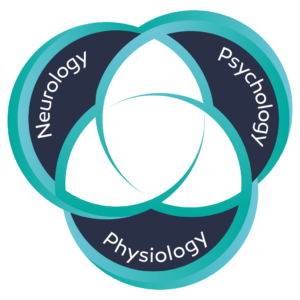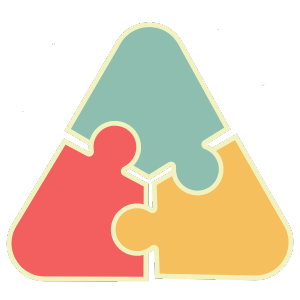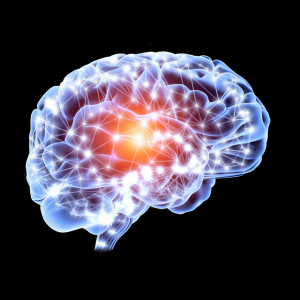Have you ever reacted to something and immediately regretted it? Maybe you snapped at a loved one, felt overwhelmed by stress, or got caught up in negative thinking. It’s easy to believe that these reactions are just “who we are,” but the truth is, they’re patterns—habits your brain has learned over time. And just like any habit, they can be changed.
This is where the Path of Awareness comes in. It’s a framework that helps you shift from automatic reactions to intentional responses, allowing you to regain control over your thoughts, emotions, and behaviours.
Why Do We React Automatically?
Our brains are wired for survival. When something feels threatening—whether it’s physical pain, emotional stress, or even a difficult conversation—our nervous system jumps into action. This can stimulus fight, flight, freeze, or fawn responses, often before we even realize what’s happening.
These reactions become deeply ingrained in our Neural Net, the brain’s web of connections that shape our habits and responses. The more we react in a certain way, the stronger that pathway becomes—until it feels automatic. But awareness can change everything.
The Four Stages of Awareness
- Unaware – When you are in the unaware phase, you often don’t even know you are behaving in a certain way, during or even after the event.
- Post-Behaviour Awareness – At this stage, you realise you’ve engaged in a certain behaviour and understand why, but you couldn’t stop it while it was happening.
- Real-Time Awareness – In this stage, you notice and understand your behaviour while it is happening. You are aware of the sensations driving your actions and can choose to behave differently in the moment.
- Awareness – This is the highest level of awareness. You understand why you might engage in a certain behaviour, recognizing the sensations leading up to it, and can choose to react differently before it happens.
Each time you move up a stage, you’re strengthening new pathways in your brain—just like clearing a new trail in a forest.
How This Helps with Chronic Pain
If you live with chronic pain, your nervous system has likely become hypersensitive to certain stimuli—like movement, stress, or even specific thoughts. This can create a feedback loop where pain leads to stress, which then makes the pain worse.
By developing awareness, you start interrupting the cycle:
- You notice when your body tenses up in response to discomfort.
- You become aware of negative thoughts fuelling the pain.
- You learn to shift your focus toward sensations of safety and relaxation.
This isn’t about forcing yourself to “think positively.” It’s about gaining choice—so you’re not stuck in automatic, pain-driven patterns.
How to Move Up the Path of Awareness
If you’re wondering how to apply this in daily life, here are three simple steps:
- Reflect – At the end of each day, ask yourself: “When did I react automatically today? What triggered me?”
- Pause – The next time you notice yourself reacting, take a deep breath. Even a one-second pause creates space for a different response.
- Practice – Don’t expect perfection! Every time you notice a reaction, even if you can’t change it yet, you’re making progress.
What Comes Next?
Now that you understand the Path of Awareness, it’s time to look at what drives many of our automatic reactions: the Ego.
In our next article, we’ll explore how the ego shapes our thoughts and emotions—and how learning to work with it, rather than against it, can lead to even greater healing and freedom.
If you’re ready to take the next step in calming your nervous system, check out our free resources:
Stay tuned for Part 3: Mastering the Ego—Understanding Your Inner Voice.





